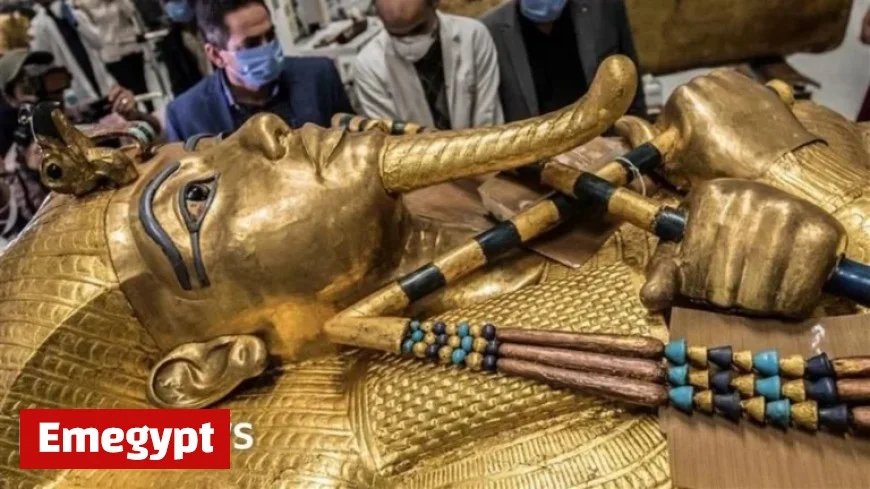Egypt’s Grand Museum Opens, Showcases Full Tutankhamun Tomb for First Time

The Grand Egyptian Museum (GEM) has officially opened its doors, marking a significant milestone in Egypt’s cultural landscape. Located near the Great Pyramid of Khufu in Giza, the museum is touted as the largest archaeological museum in the world. With approximately 100,000 artefacts on display, it spans over 500,000 square meters.
Showcasing the Legacy of Tutankhamun
One of the GEM’s standout features is the complete collection from the tomb of Tutankhamun. This display includes over 5,500 items, such as the famous gold mask, throne, and chariots of the boy king. Dr. Tarek Tawfik, the president of the International Association of Egyptologists, emphasized that this exhibit allows visitors to experience the tomb as Howard Carter did in 1922.
A Historic Investment
The ambitious project cost around $1.2 billion. It is expected to attract approximately 8 million visitors annually, revitalizing Egypt’s tourism sector, which has faced challenges in recent years. Ahmed Seddik, an Egyptologist, expressed enthusiasm about this new era of Egyptology and cultural tourism.
- Completed: 2023
- Cost: $1.2 billion
- Capacity: 8 million annual visitors
- Size: 500,000 square meters
Architectural Wonders and Visitor Experience
The museum’s design features a colossal staircase adorned with statues of ancient kings and an upper-level window with stunning views of the Giza pyramids. Notably, it houses a 3,200-year-old obelisk of Ramesses II and a funerary boat of Khufu. This extensive collection enhances the overall visitor experience, providing insights into 7,000 years of Egyptian history.
Calls for Repatriation of Artifacts
The opening of the GEM has reignited calls for the return of significant Egyptian artefacts housed in foreign museums. Dr. Zahi Hawass, a prominent Egyptologist, advocates for the repatriation of key items like the Rosetta Stone, the Dendera Zodiac, and the Bust of Nefertiti. These claims emphasize Egypt’s right to its heritage, particularly items taken during colonial times.
Educational and Research Opportunities
Egyptian researchers are excited about the GEM’s potential as an academic center. Already, significant restoration work has been undertaken by Egyptian conservators, adhering to national laws that require such tasks to be performed by locals. This commitment to preserving Egypt’s heritage enhances both cultural pride and international academic collaboration.
The Grand Egyptian Museum stands as a testament to Egypt’s rich history and ambitious vision for the future. As it opens its doors to the world, it promises a unique experience that celebrates its ancient legacy while fostering a renewed interest in Egyptian culture and archaeology.































